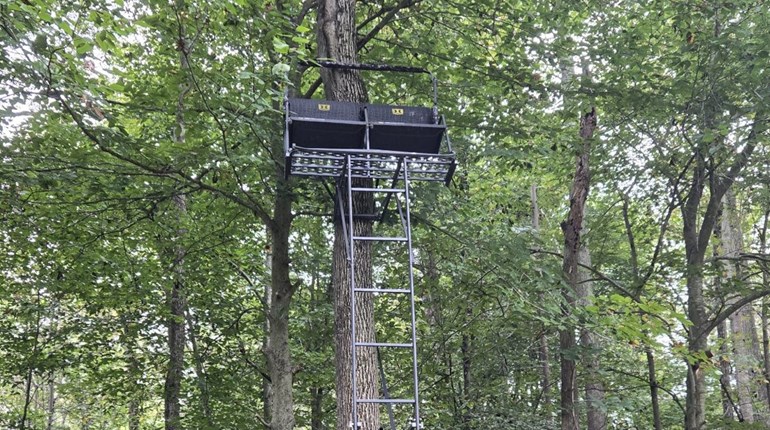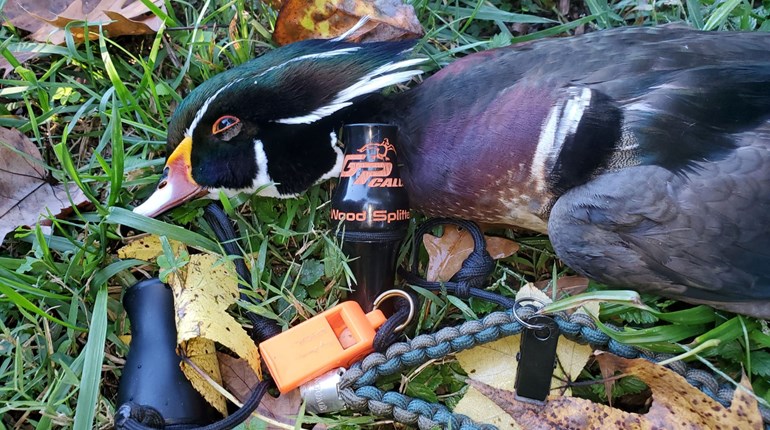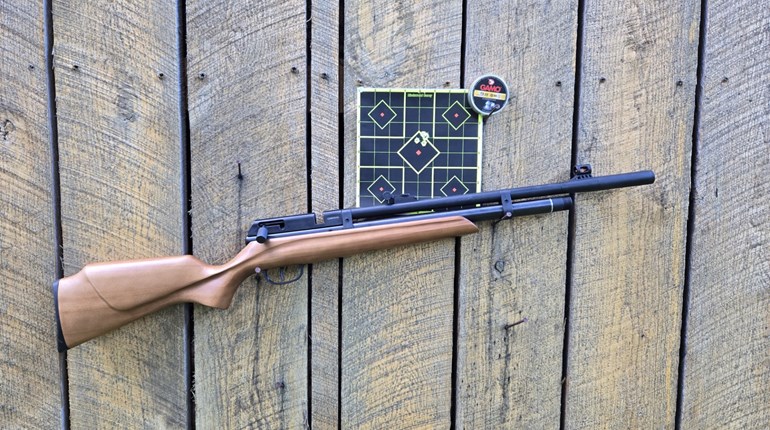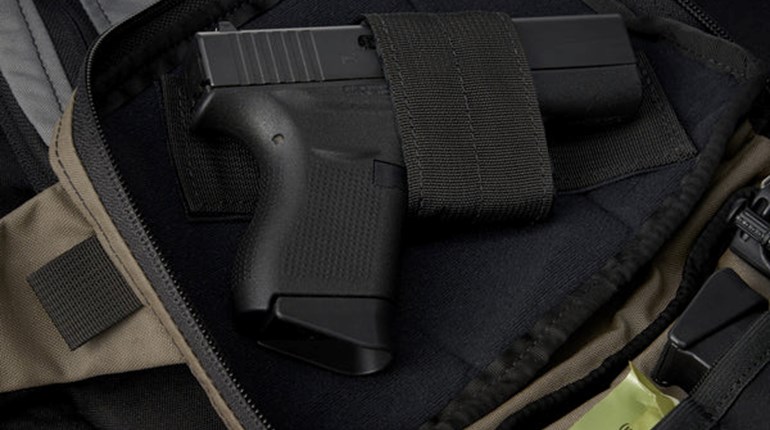
Have you noticed how frequently airgun reviews mention the types of pellets tested? Here's why.
When I started shooting air rifles as an adult, I soon realized that the dynamics of shooting them were incredibly vast--there are so many variables. I grew up shooting Crosman 760s and 2200s, and we never worried about which pellets we were going to use. We simply sighted them in and went frog hunting, pine cone shooting or started ripping old soda cans. Those days are over, and my, what a difference choice in pellets can make in today’s air rifles!
So, how do you choose a pellet for your air rifle that will work well? The quick answer is by testing a few different ones. So, what do you have to consider? Here is a quick primer on pellet choices and the pros and cons of those variables.
Grains
If a pellet is over 10 grains and is shot out of a .177 caliber rifle, and another one that is 7 grains is fired from the same rifle, the lighter pellet will fly faster and possibly break the sound barrier. That means it may be louder, and it may also be impacted by wind a bit more. The supersonic velocity is also a bit more unstable, in my experience, with lighter pellets.
Heavier pellets seem to handle wind a bit better, and are more accurate, but tend to have a slower velocity. Ultimately, ballistic coefficient (BC), which is a measure of a pellet or bullet to overcome air resistance in flight, is a better measure of handling wind drift. There are variables to consider for a better understanding of BC. Basically, the more streamlined or aerodynamic the pellet or bullet is, the higher the BC, the better it will fly, and likely the more accurate it will be.
Shape
As stated above, the more streamlined the pellet is, the greater the accurate range of the pellet will likely be and the more likely it will be to resist wind drift. Sometimes a flat-nosed pellet is all you need for a shooting session, and if you are shooting inside without a concern for wind and the range is short, a flat-nosed pellet may be great for your application.
By contrast, pointed pellets are streamlined (provided they do not get damaged in the tin jostling with all the other pellets). They tend to be damaged more easily, which may affect accuracy or consistency. Round-nosed pellets are an all-around great choice because they fly accurately, are less affected by wind, and are not as easily damaged. Hollowpoint pellets are designed to expand on impact. Keep in mind that the hollow portion of the point lowers the BC, and therefore the pellet is less accurate. At shorter ranges they are good though.
Use
If you are using the pellets for small-game hunting, you need something that is not going to lose its energy downrange. If you are shooting at longer ranges, a heavier and more aerodynamic (read pellet with a better BC) projectile is likely the better choice. However, at shorter ranges, a flat-nosed pellet may be a good choice for small varmints or pests. When hunting, accuracy counts for shot placement, but energy counts for humane dispatching of the animal as well.
Airgun type
Lower-powered air rifles are probably going to see better results with lighter pellets. Using a heavier pellet in a spring-loaded rifle or even a CO2 rifle, will produce a very arced trajectory. However, a PCP air rifle will do very well with a heavier pellet.
The bottom line
The bottom line is that trying a few pellet grains and shapes is necessary to figure out which one will perform best in our rifles. Even the same brand rifles can sometimes show different results with the same brand pellet.
If you have several air rifles, it would be wise to keep any unused pellets that do not perform well in one rifle because they may perform well in the next. By the same token, if you have a friend who also shoots air rifles, get a dozen pelletsfrom them and try them out. Be willing to trade pellets, but take care to make note of the tin and the pellets so you can remember what worked well for you.







































